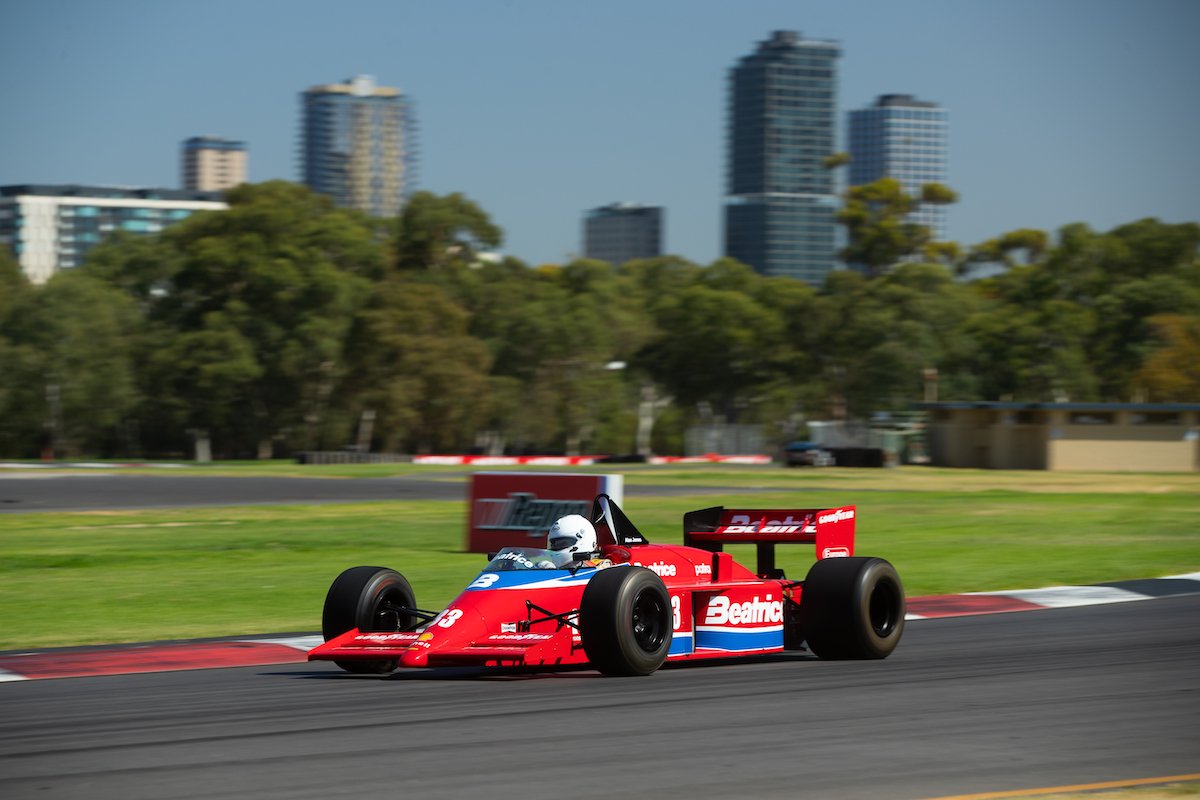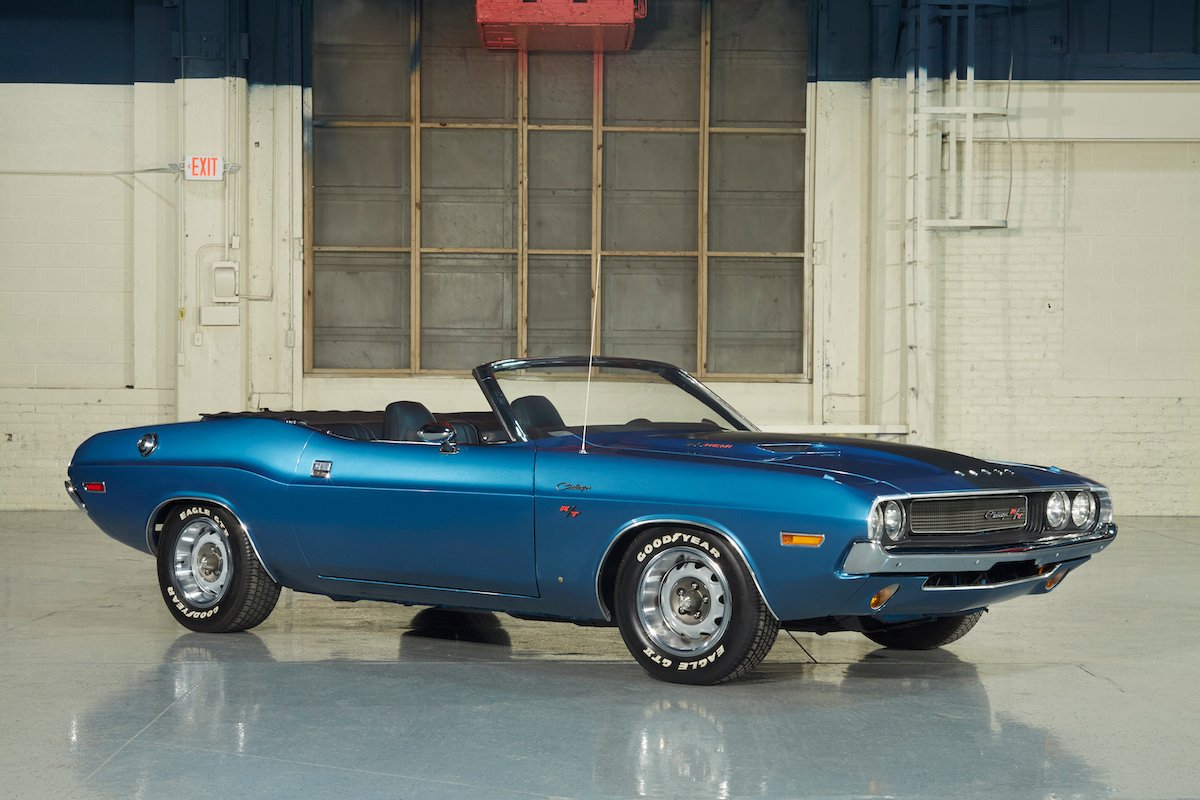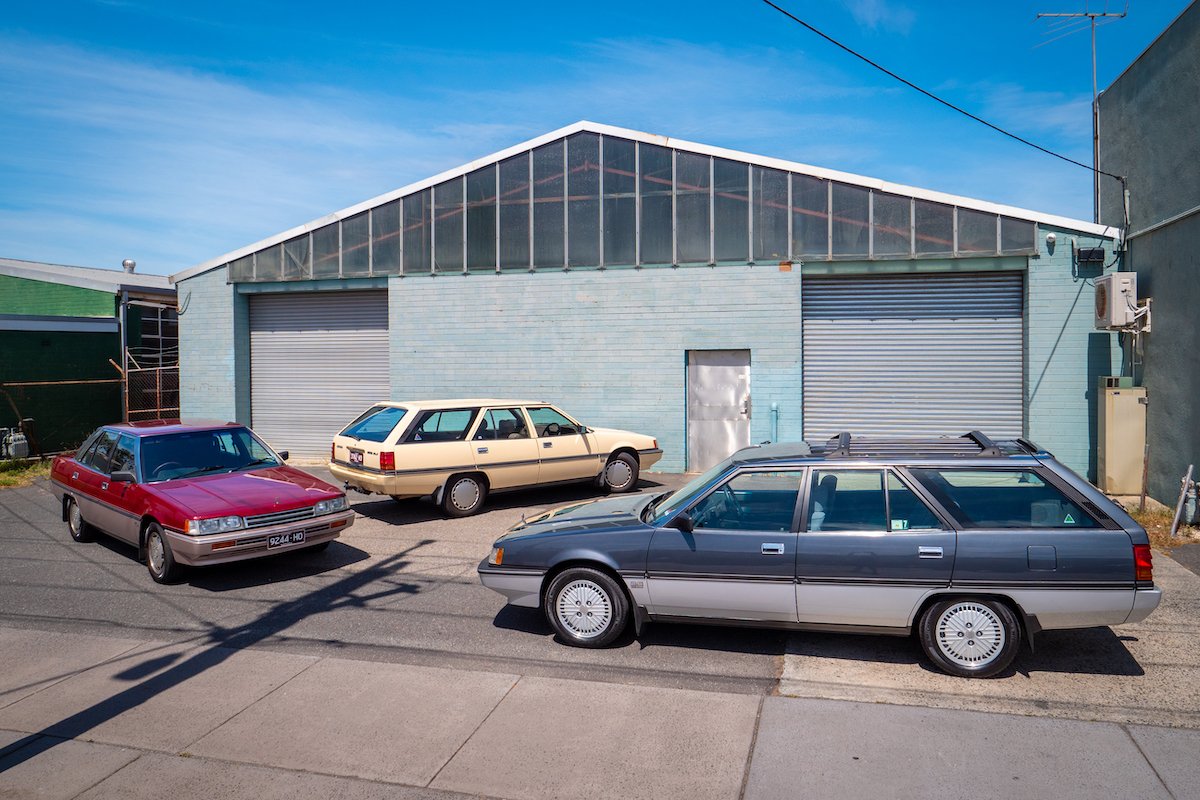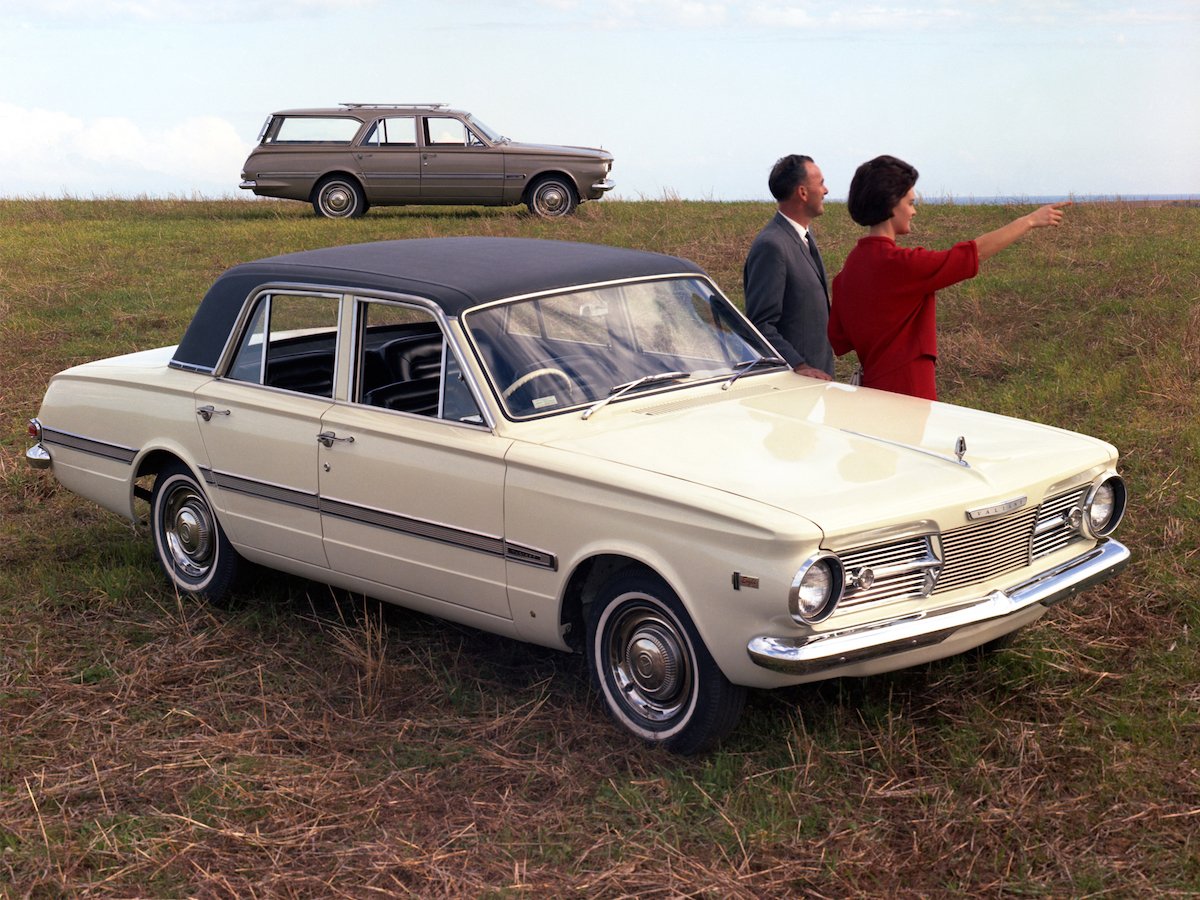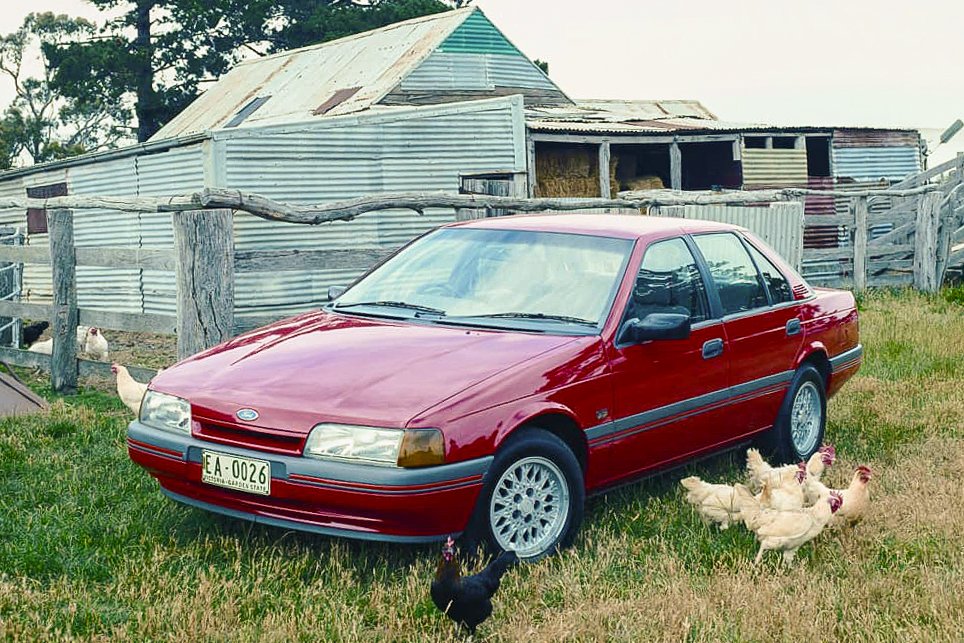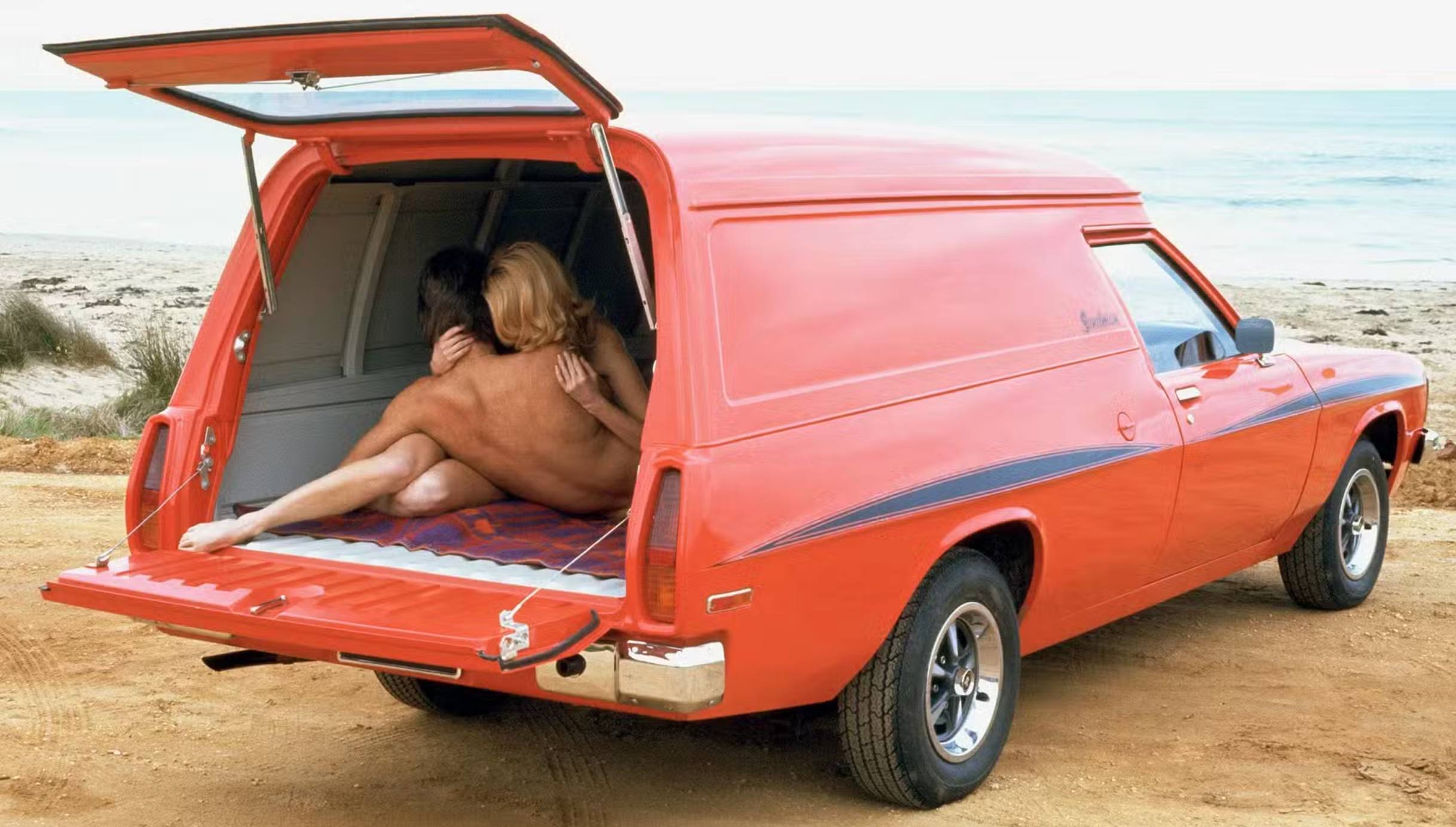
Holden was for 70 years an emblem of Australia.
Billed as ‘Australia’s Own Car’ it benefited from the absence of any real competition during its first 15 years in the market, which discouraged product development.
With the arrival of more serious rivals came improvements to Holden, beginning with the record-setting EH.
Sporty Monaro and Torana models later enjoyed success before Australia was obliged to abandon local design and adapt General Motors’ ‘World Car’ – the Opel-based Commodore – to meet unique local needs.
Almost immediately after the Commodore’s Australian launch, racer and innovator Peter Brock began building performance versions, a role later adopted by UK racer Tom Walkinshaw once Brock’s relationship with Holden soured.
Holden briefly flirted with turbo power for its Commodore sixes, but by the 1990s was again firmly committed to increasingly powerful V8 engines.
Values of almost all Holden models have increased since 2017 when Holden ended Australian production.
Demand for older Holdens soared, especially for cars that had travelled minimal distances and were in close to showroom condition, as fans of the brand competed to own desirable models.
Low-volume Holden and HSV vehicles, some showing ‘delivery’ kilometres and still with their broadcast (build) sheets taped to windows, were often sold at auction for several times their list prices.
The market still brims with investment grade Holdens and prices are stable at present. Retro Rides Market Analyst Cliff Chambers chooses his Top 10 Holdens with potential to appreciate, and tracks how they’ve fared during the past 40 years.
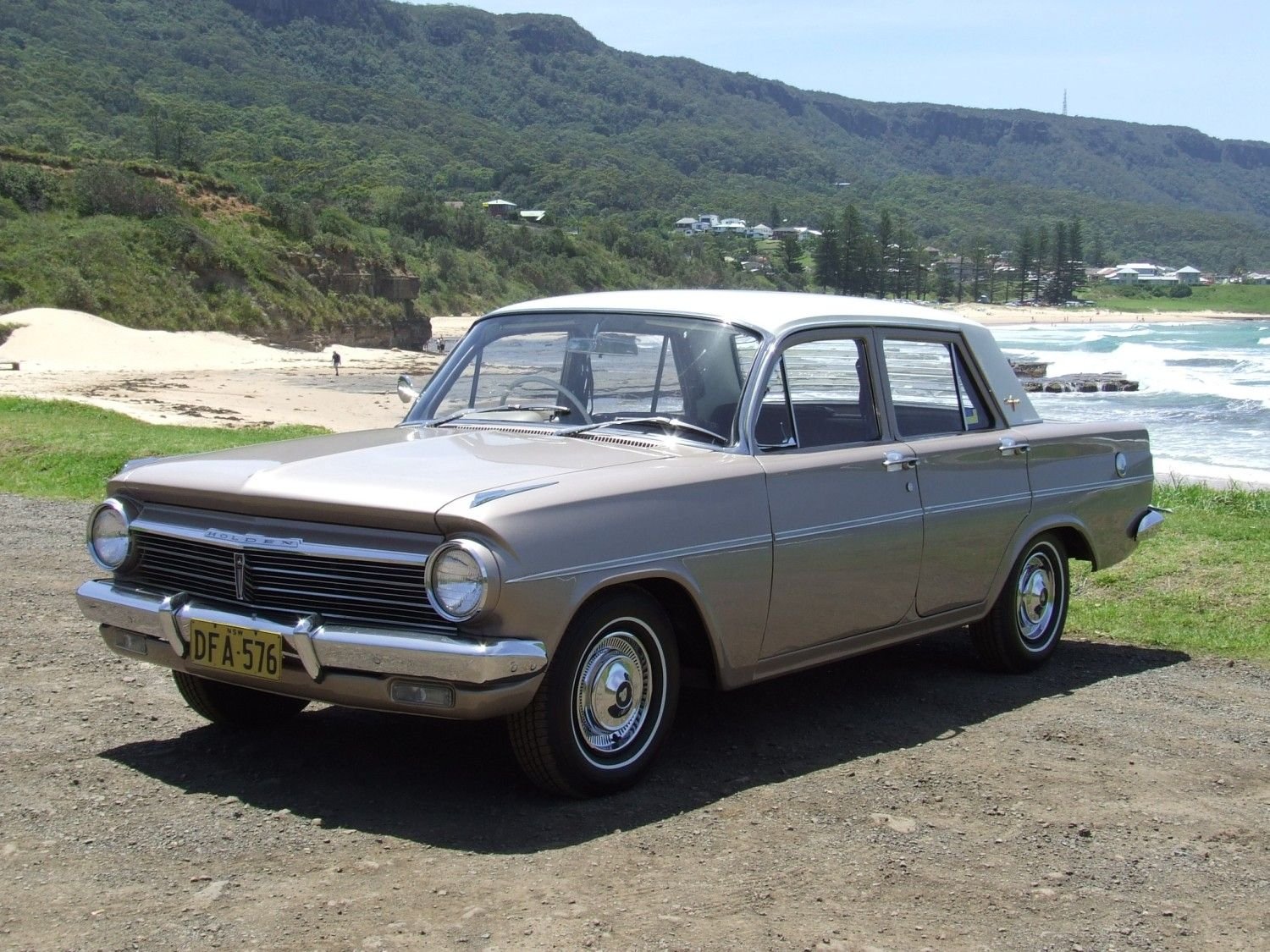
Image: Holden Forum
EH Premier - Luxury Comes to Australia's Own
even 50 years of attrition has dramatically harmed availability of EH Holdens. Unless you want the prestigious Premier, that is.
Leather seats and metallic paint deteriorated quickly and finding a totally original car today is very difficult and expensive.
Of the cars that do remain, most have been altered to some extent, but hopefully not in ways that have harmed their chances of survival.
Premiers remain among the most popular of early Holdens and seem to attract buyers of all ages. Exceptional sedans can exceed $80,000, with scarce wagons at times reaching $100,000. Cars that fall short of perfection remain desirable but will cost 30-50 percent less.
Holden EH Valuation Timeline (1985-2024)
1985 - $3800
1995 - $7500
2005 - $9200
2010 - $18,500
2014 - $22,000
2019 - $45,000
2024 - $70,000
Investment Rating: 6.5/10
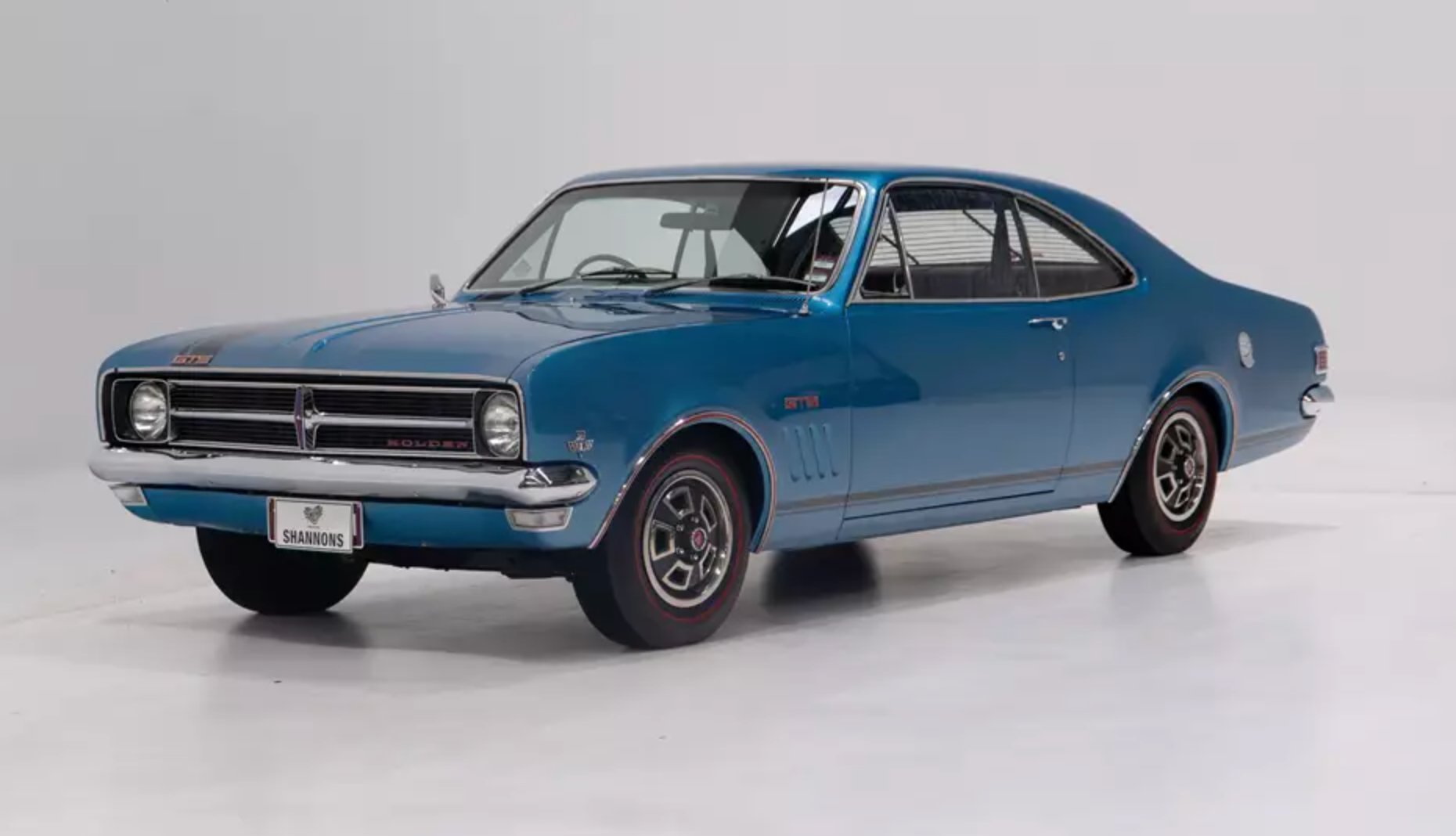
Image: Shannons
Holden Monaro GTS 327 – The General’s First Bathurst Winner
If Holden wasn't bothered about winning the Bathurst 500 it certainly did a poor job of showing it. Importing a Chevrolet V8 and heavy-duty transmissions for its GTS 327 Monaro wasn’t cheap but did deliver a car that could win races and promote the entire HK model range.
The 1970s saw big-engined Monaros fall from fashion and a lot disappear. The stock-market crisis of late 1987 helped boost the popularity of surviving cars but the 1990s recession then capped values at less than $20,000.
Investors who paid $200,000 and more for a GTS during the 2004-07 ‘boom’ would then spend some nervous years as the values of their cars declined. The slump didn’t last and if owners held onto excellent cars, they will again be seeing values in the $180-220,000 range.
Holden Monaro GTS 327 Valuation Timeline (1985-2024)
1985 - $9625
1995 - $13,500
2005 - $57,500
2010 - $140,000
2014 - $105,000
2019 - $225,000
2024 - $225,000
Investment Rating: 7/10
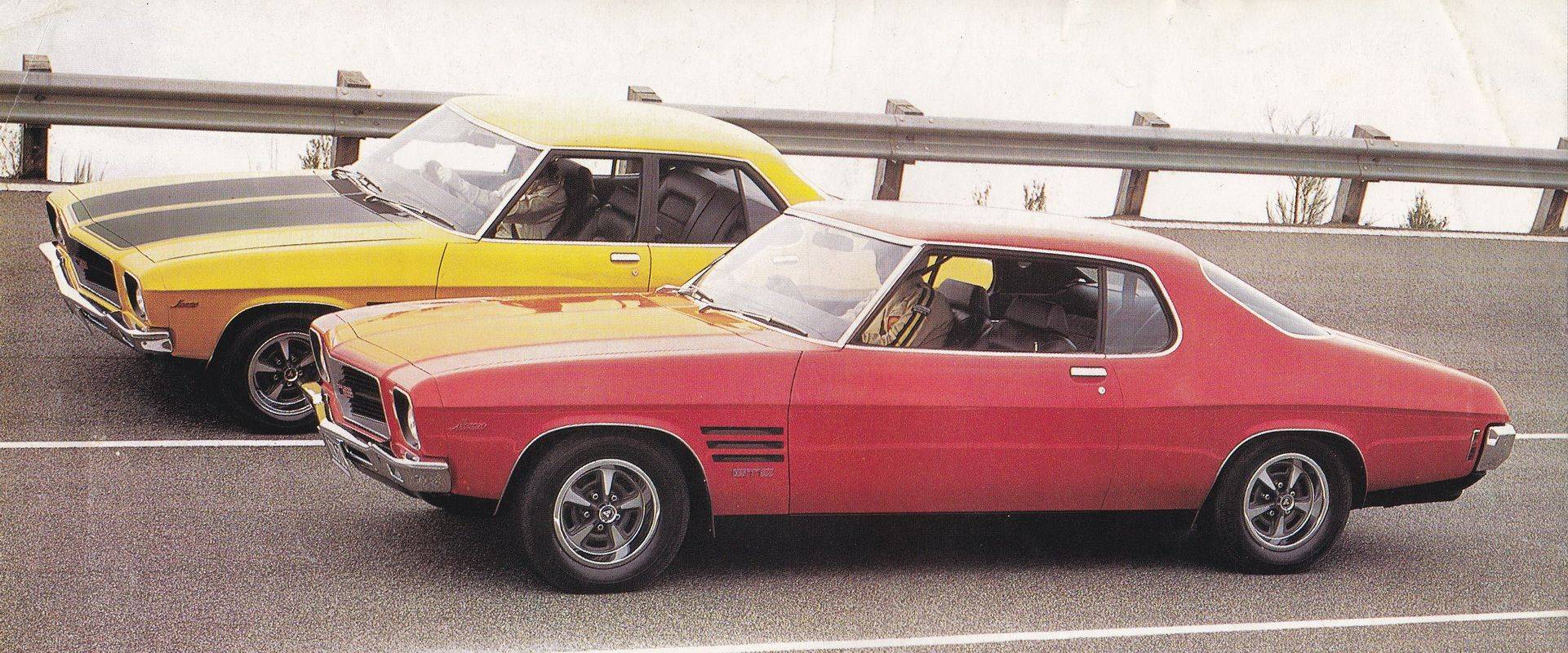
Image: Holden Archive
Holden Monaro HQ GTS 350 Coupe – The Most Beautiful Holden of All
From any angle you choose, the two-door HQ is an extraordinary car. There are elements in its design of Firebird and Camaro but the shape remains unique to Australia and still looks stunning more than 50 years after it first appeared.
As a collector car, the best HQ GTS to buy is one with Chevrolet’s 350 cubic inch, 5.7-litre motor and manual transmission. Just 403 two-door HQ GTS were built with the 350 engines plus around half that number of sedans.
Values for the two-door cars have at various times exceeded $200,000, with the four-speed transmission and rare colour/trim combinations combining to push values even higher.
These are not an easy car to find and likely available only by contacting owners through a Monaro Club. In every instance, be sure to have the car independently authenticated.
Holden Monaro HQ GTS 350 Coupe Valuation Timeline (1985-2024)
1985 - $6990
1995 - $17,500
2005 - $30,000
2010 - $52,000
2014 - $70,000
2019 - $210,000
2024 - $190,000
INVESTMENT RATING: 8/10
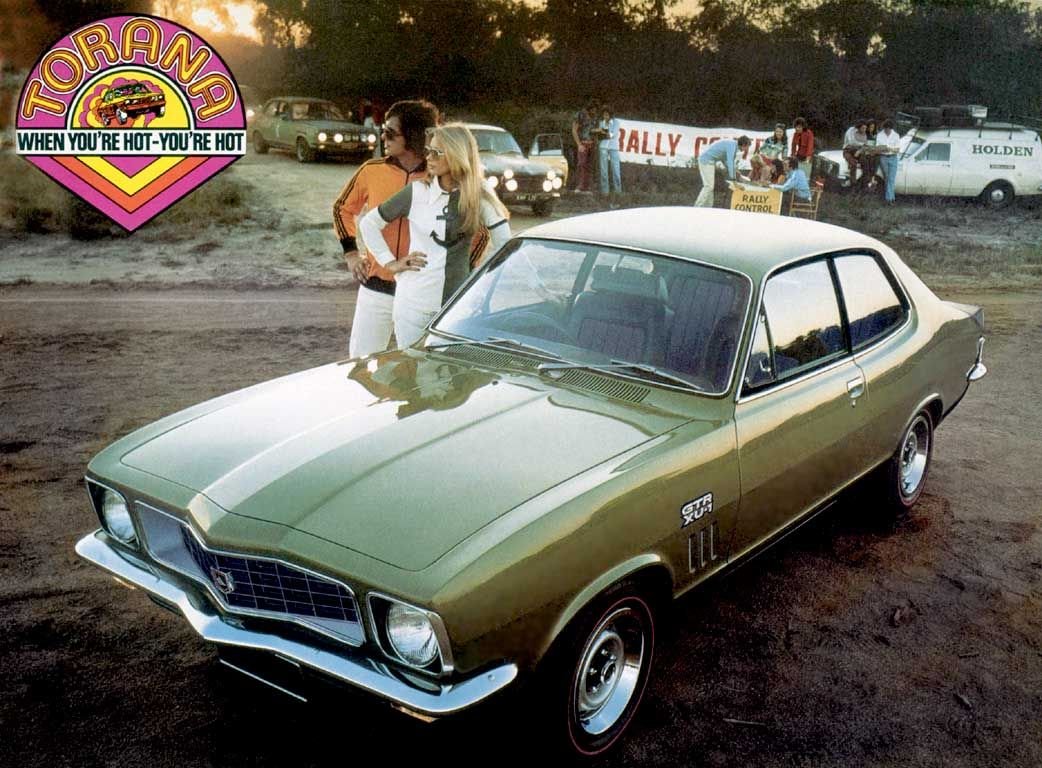
Image: Holden Archive
Holden Torana LJ XU-1 - Race & Rally Royalty
Looking for a Holden that remains attuned to the needs of modern motoring but comes loaded with 1970s character? Then grab an XU-1.
These cars, if you forget about their now significant value, can still shriek around a race circuit and slide their way to victory in historic rally events while receiving nods of approval wherever they go.
Following their steady appreciation during the performance car price 'boom' and ensuing years, they also seem well qualified to take care of your money.
With 1667 LJ XU-1s made and people keenly preserving these Toranas, finding a good, authentic car isn’t difficult but prices are headed for $200,000. Also be sure the one you find isn't an excellent 'replica'.
Holden Torana LJ Xu-1 Valuation Timeline (1985-2024)
1985 - $5515
1995 - $8920
2005 - $51,000
2010 - $70,000
2014 - $72,000
2019 - $145,000
2024 - $175,000
Investment Rating 8/10
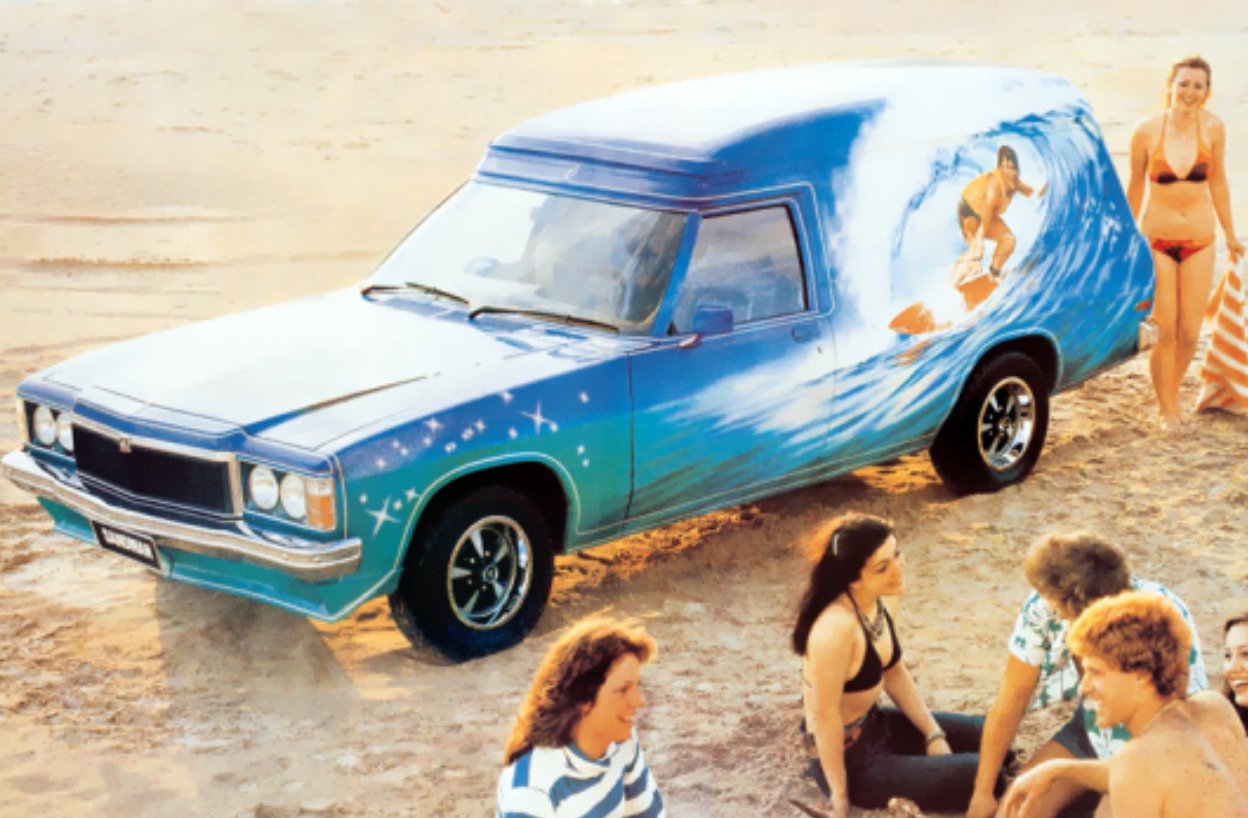
Image: Holden Archive
Holden Sandman V8 Panel Van – Aussie Surf Culture Spawns a Car of its Own
If you were of driving age in the 1970s, the 1950s advertising ditty ‘Holdin’ You in My Holden’ would have taken on a more salacious tone. During 1973, Holden itself tapped into the popularity of surfside romantic romps to create its Sandman panel van and utility.
With bucket seats, a carpeted and trimmed load area, a V8 engine and bold decals, the Sandman van was designed to attract younger, mostly male drivers and did very well as a sideline for Holden.
Replicas with knock-off decals and bucket seats from a wrecking yard are common and not to be confused with a genuine and now-quite-expensive Sandman. These are identified as a two-seaters on the build plate.
Sandman values until 10 years ago were moving slowly but today can reach $100,000.
Holden Sandman V8 Panel Van Valuation Timeline (1995-2024)
1985 – N/A
1995 - $5500
2005 - $12,500
2010 - $15,500
2014 - $29,500
2019 - $75,000
2024 - $88,000
Investment Rating: 7/10
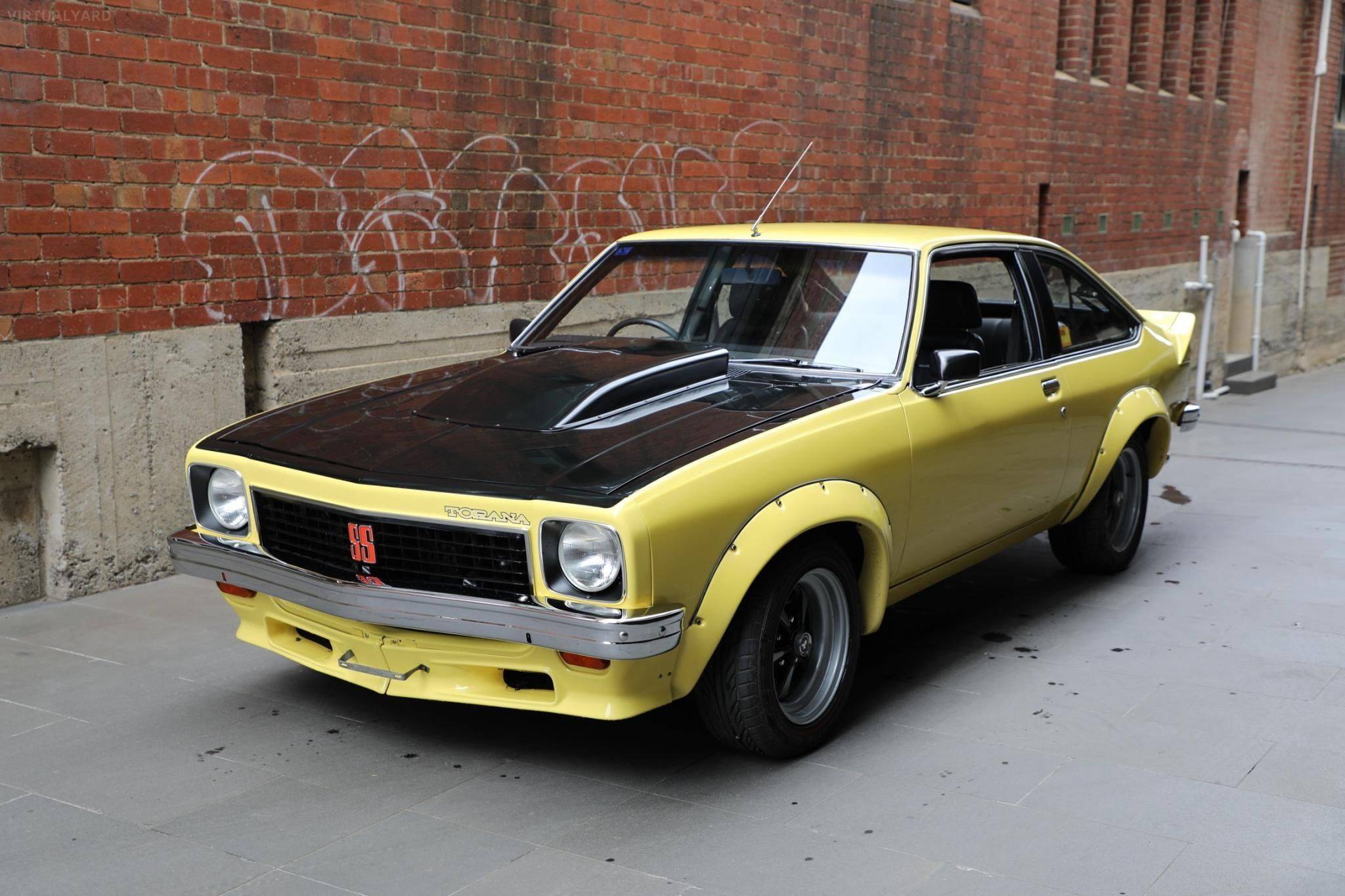
Image: Duttons
Holden Torana A9X – They Call me ‘King of The Mountain’
No other Australian built car comes with a competition pedigree to match the Holden Torana A9X Hatchback.
It’s the only production-based car to have won three Bathurst 1000 races, let alone done it in consecutive years. Underpinning its Mt Panorama pedigree, the A9X also has to its credit two Australian Touring Car Championships and dozens of individual race wins.
Only 100 genuine A9X two-doors were produced and around 60 of those are believed to survive. Acquiring one requires luck and excellent contacts within the Torana world. Surviving cars have all been well documented, so one that is suddenly ‘discovered’ will need to be comprehensively verified by specialists.
Values during the past two decades have climbed spectacularly as owners recognise the scarcity and significance of their cars.
Holden Torana A9X Valuation Timeline (1985-2024)
1985 - $13,765
1995 - $19,635
2005 - $135,000
2010 - $215,000
2014 - $180,000
2019 - $500,000
2024 - $450,000
INVESTMENT RATING: 9/10
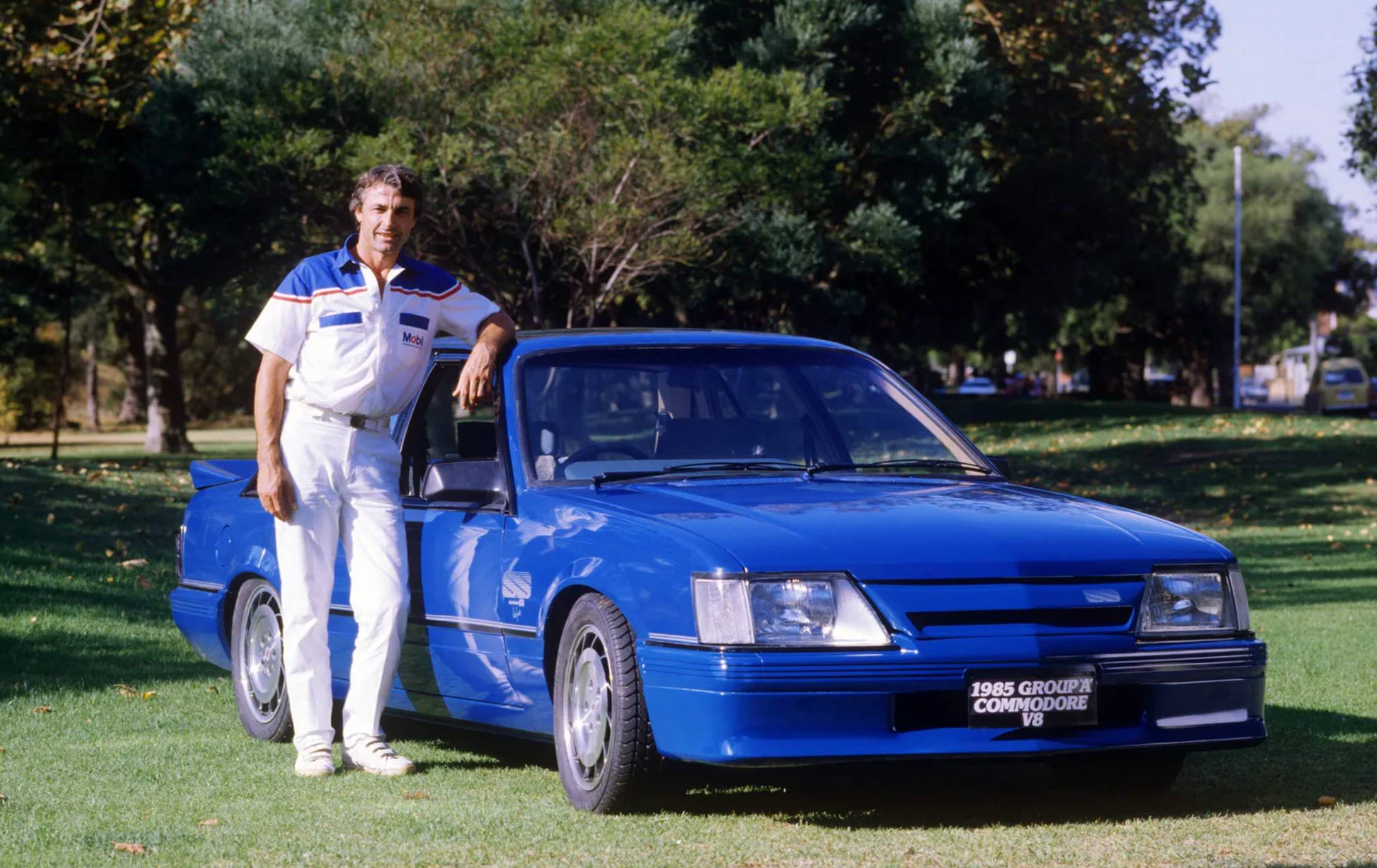
Image: Holden Archive
HDT VK Group A – Peter Brock’s iconic ‘Blue Meanie’
Peter Brock’s Group A competition qualifier is not a rare car as such but is viewed by many as having a direct link to the Brock racing legacy.
Group A values moved steadily through the early- to mid-2000s and even Brock’s untimely death in 2006 didn’t create a surge in values. That came after Holden closed its factory doors in 2017 and VKs with low kilometres or interesting history began exceeding $300,000.
Enthusiast owners were in general the ones to benefit as they cleared a glut of investor cars during the GFC that allowed them to enjoy windfall gains a decade later.
Values were further bolstered when a car personally owned by Brock at one point set an auction record exceeding $1 million.
HDT VK Group A Valuation Timeline (1985-2024)
1985 - $21,950
1995 - $23,400
2005 - $33,935
2010 - $75,000
2014 - $95,000
2019 - $225,000
2024 - $245,000
Investment Rating: 8.5/10
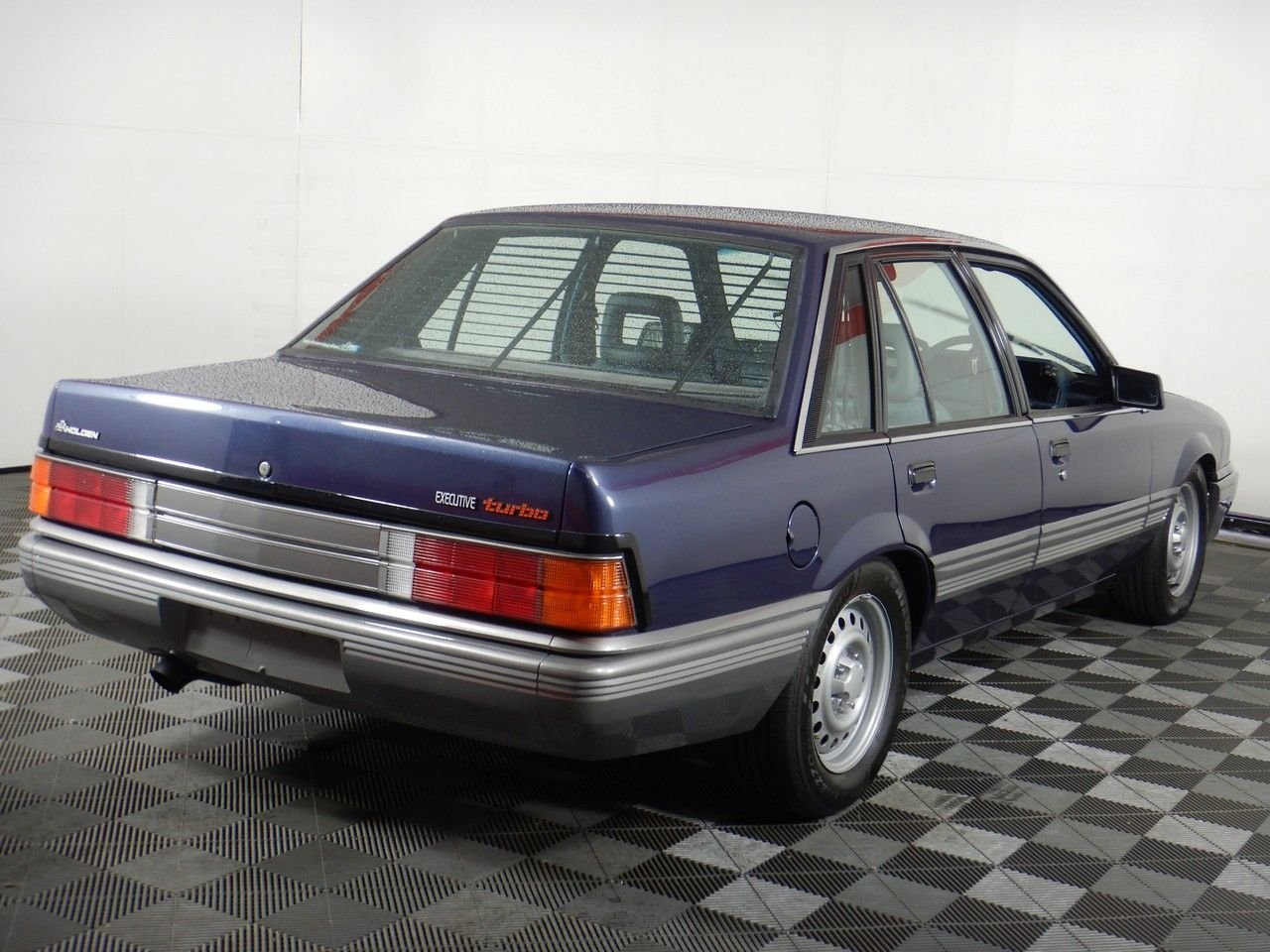
Image: Grays Online
Holden VL Commodore Turbo – The Nissan Six That Showed V8s a Clean Pair of Heels
At a time of trouble for Australian performance cars, the emergence of an affordable Holden Turbo was greeted with joy by thousands of disenchanted V8 fans. Even the police were happy to step back from traditional V8 pursuit cars in favour of the exhaust-assisted inline 3.0-litre six-cylinder, which Holden controversially sourced from Nissan Japan.
Depreciation during the 1990s was savage though and a lot of VLs fell into unsympathetic ownership. Cars that survived were more often modified than preserved in showroom condition so it is the stock examples that now appreciate.
Turbo values rose steadily during the early 2000s, but it wasn’t until Holden production ended in 2017, and some restored Police Pursuit cars began appearing in enthusiast magazines, that demand was rekindled enough to push prices past their original $22,000.
Luxury Calais versions can realise 25 percent more than the Turbo SL values tracked below.
Holden VL Commodore Turbo Valuation Timeline (1987-2024)
1987 - $22,350
1995 - $10,000
2005 - $7630
2010 $9000
2014 - $15,500
2019 - $23,500
2024 - $62,000
Investment Rating: 7/10
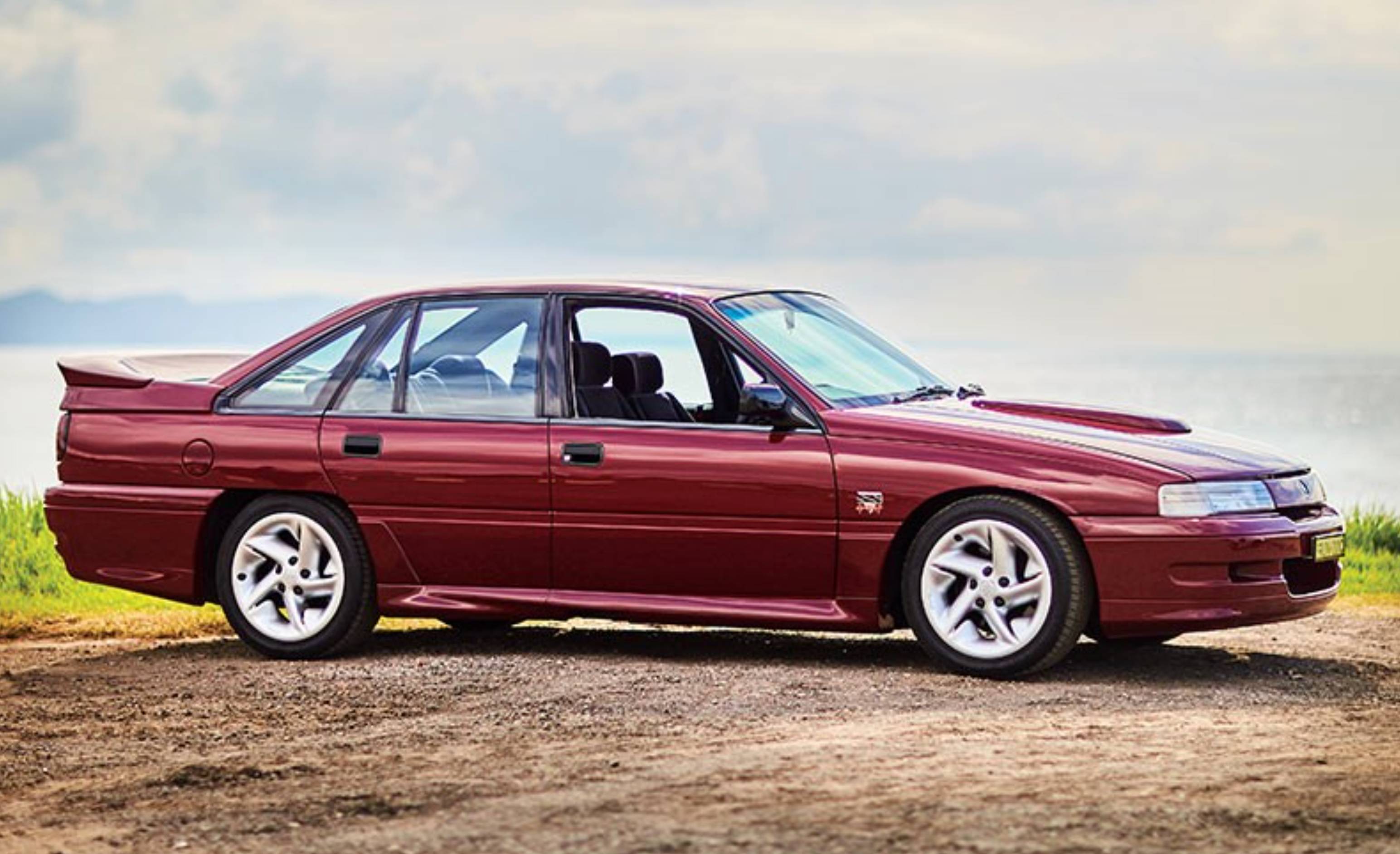
Image: Holden Forums
Holden VN Commodore SS Group A – The Last Production Holden to win Bathurst
Bad timing can be a killer for car makers and so it was for Holden Special Vehicles (HSV) as it launched its hugely expensive VN Group A into the teeth of the worst recession in 60 years.
Only 302 from a projected 500 VNs were made, ensuring their scarcity and providing a defence against depreciation. With a respectable 215kW from Holden’s V8 and a six-speed gearbox delivered the HSV Group A VN had plenty of driver appeal. It was also the last production-based Holden to win a Bathurst 1000 in 1991, at the hands of Larry Perkins and Tomas Mezera.
Victory at the Mountain didn’t prevent values plunging, though, and the VN Group remained cheap until salvaged by the 2004-07 Aussie performance car boom. Exceptional cars can now exceed $200,000, while those that have done some distance and are showing wear remain in the $110-130,000 range.
Holden VN Commodore SS Group A Valuation Timeline (1990-2024)
1990 - $68,500
2005 - $29,500
2010 - $63,000
2014 - $70,000
2019 - $155,000
2024 - $190,000
Investment Rating: 8/10
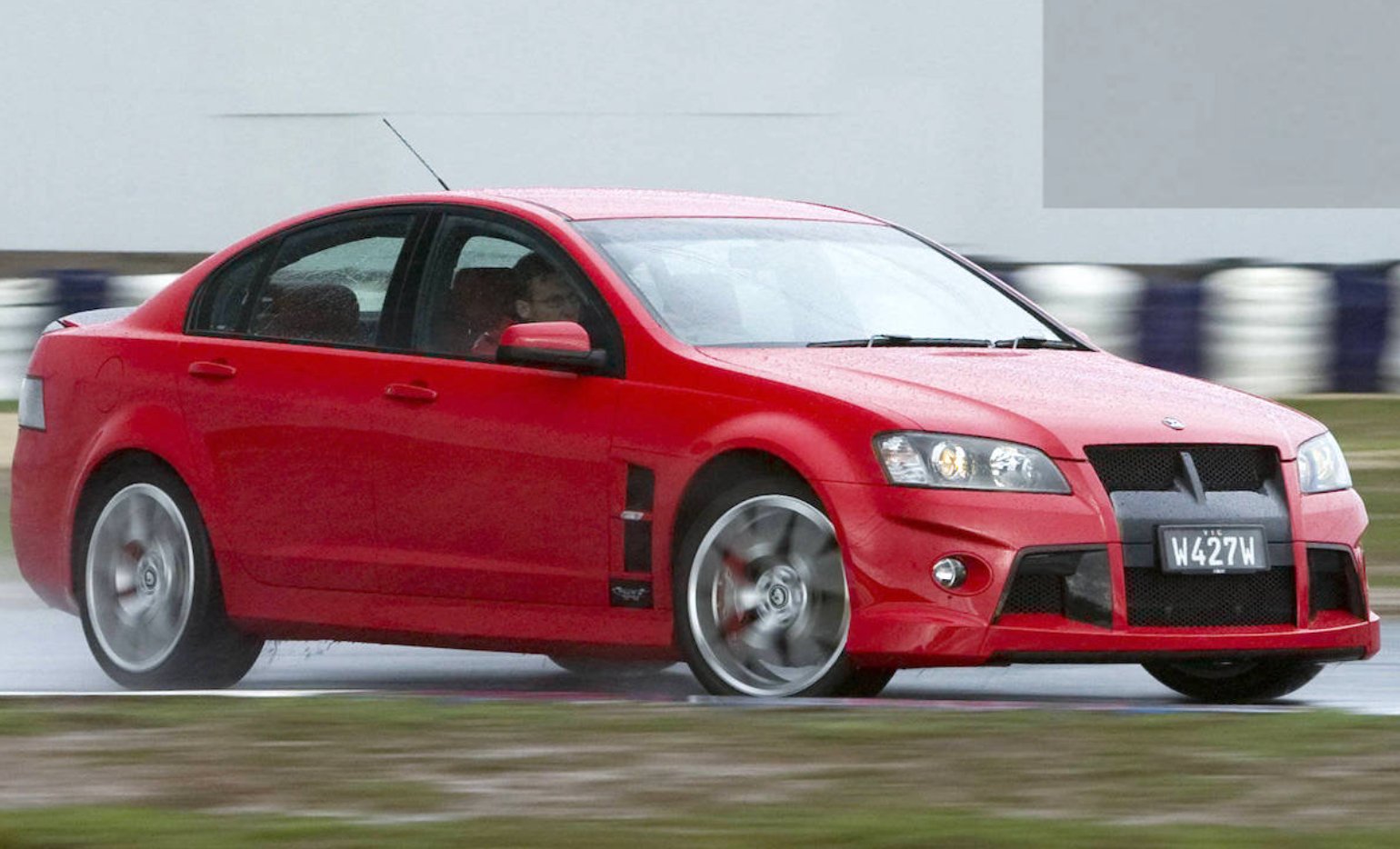
Image: Holden Forums
HSV W427 – Australia’s Ultimate Modern Muscle Car
For decades there had been suggestions that the Commodore’s accommodating engine bay could house a Big Block V8. When one did arrive in 2008, the 7.0-litre motor wasn’t the expected cast-iron monster but an alloy derivative of Chevrolet’s Gen IV small block.
The W427 sedan when new cost $155,500, which was frightfully expensive for a Holden, but barely worth batting an eyelid over in the context of the German super sedans it could run with.
Eventually, just 137 of the four-door cars were sold and most went to collectors. When one of two 427-engined Monaro coupes was fettled to contest the short-lived Bathurst 24 Hour race in 2002, and was later sold at auction for almost a million dollars, there was no longer any doubt as to the sedans’ future collectability.
After suffering mild initial depreciation, the W427 had by 2019 clawed back all its owners’ initial outlay and continues the climb towards $300,000.
HSV W427 Valuation Timeline (2014-2024)
2014 - $135,000
2019 - $160,000
2024 - $245,000
Investment Rating: 8/10
Cliff Chambers

Get The Latest
Sign up for the latest in retro rides, from stories of restoration to community happenings.
